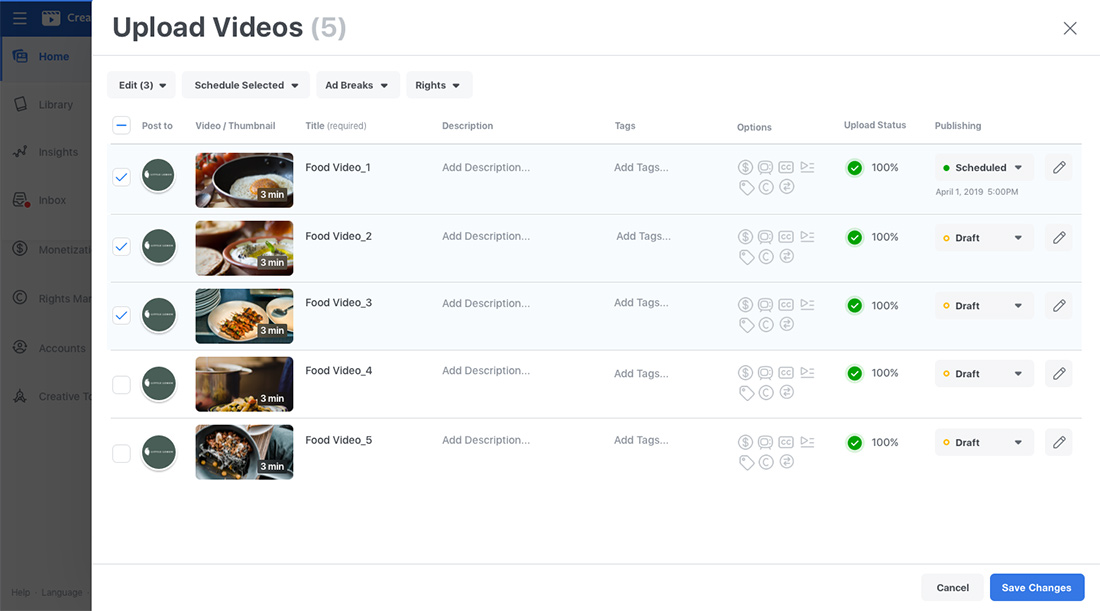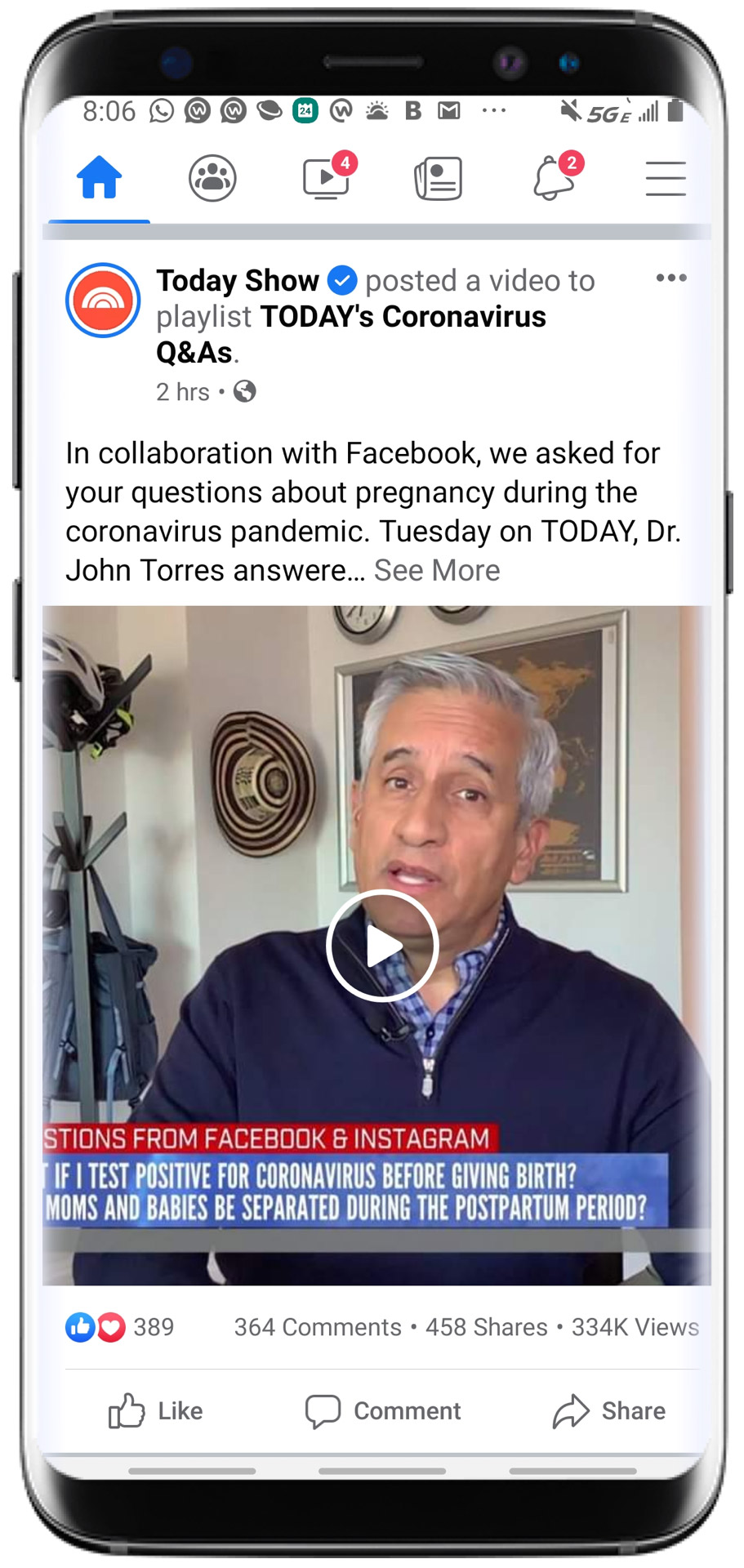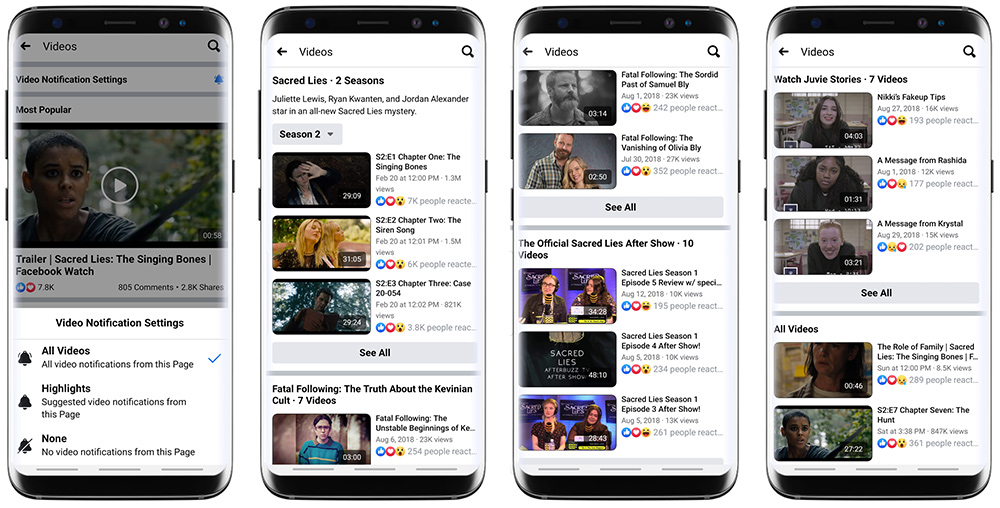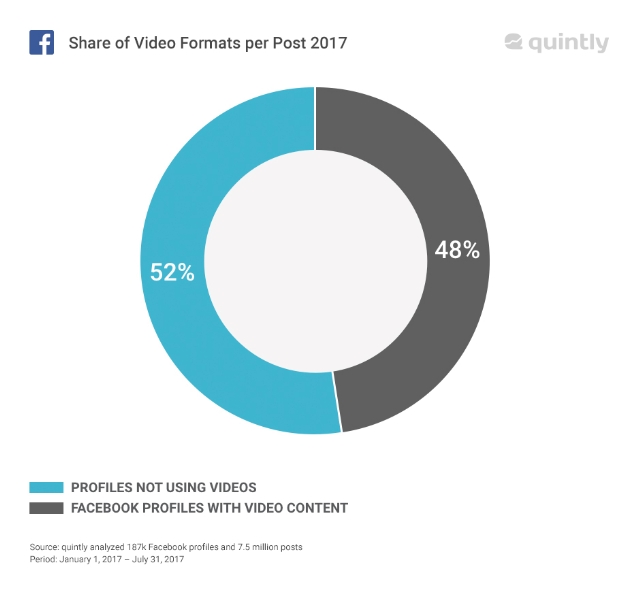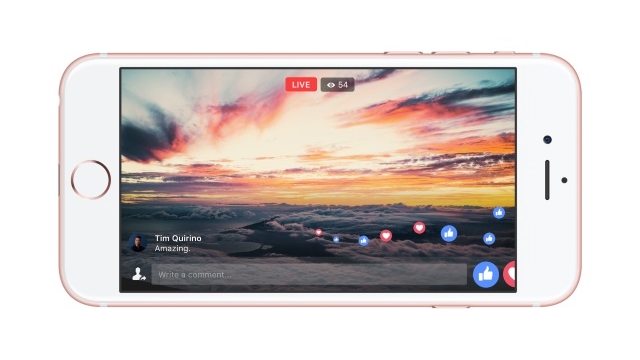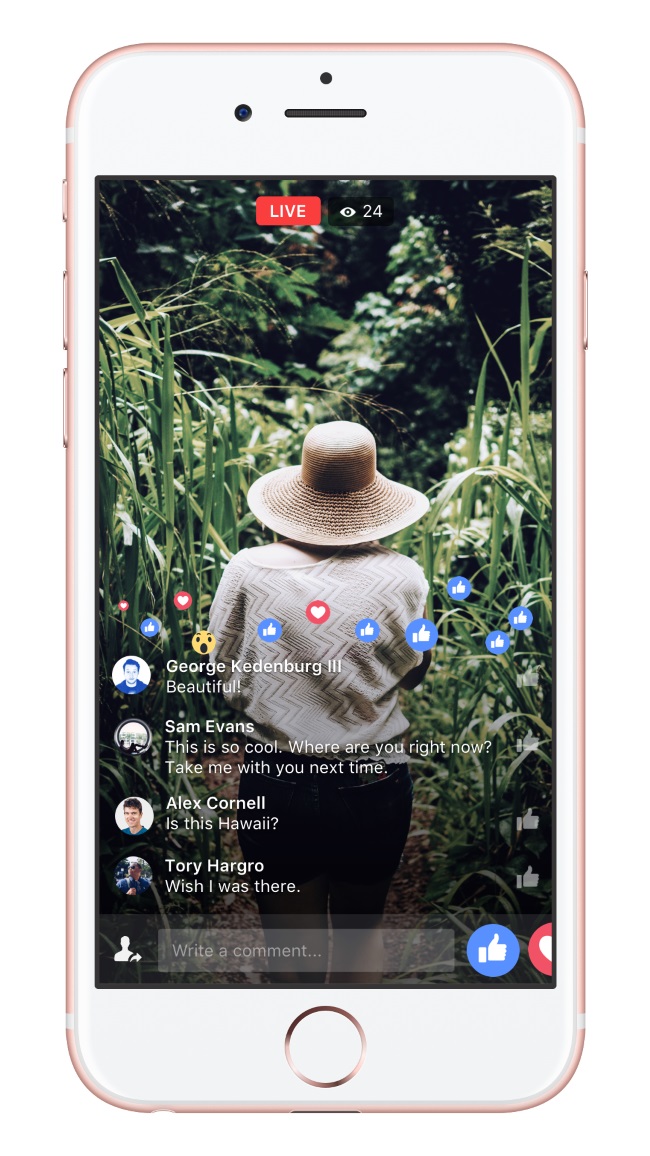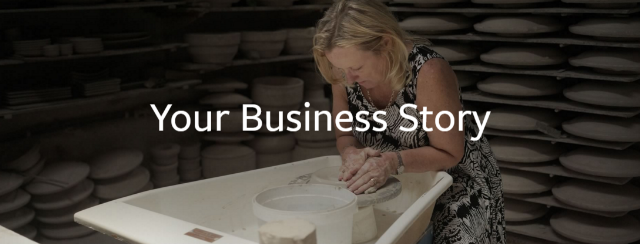After suffering a massive drop in stock values earlier this week, Facebook is planning to pivot more towards being a short-form video platform.
The shift in focus was announced by CEO Mark Zuckerberg in a company-wide virtual meeting with Facebook employees shortly after the stock crash, which was triggered by a devastating quarterly earnings report from the platform’s parent company – Meta Platforms.
In its latest earnings report, Meta disclosed that it had lost money throughout the quarter as well as seeing the first-ever decline in daily active users. By the end of the quarter, the company says more than half a million users had stopped using the platform on a daily basis.
All of this then caused investors to panic, leading to the company’s stock price dropping by over 200 billion dollars in a single day – the largest single-day stock drop in history.
Why Is Facebook Losing Users and Money?
As Zuckerberg laid out to employees, he sees three major contributing factors to the unflattering quarterly earnings report. These are a recent wave of investments from Meta to establish Metaverse, difficulties with advertising after the of Apple’s App Tracking Transparency feature and Android’s take on this information sharing feature, and TikTok.
The first issue is easy to believe. After the company’s hugely publicized rebrand to Meta, it has been spending a lot of money to establish its Metaverse platform – which has yet to pay off. Given the mixed-to-negative reception the Metaverse has received, it is also possible investors are nervous about the potential for eventual revenue from the platform.
Facebook is also seeing a notable loss in money from advertising, largely because the largest mobile operating systems have both implemented new features which give users more information and control over how their information is being used.
On one hand, this is a benefit for users because they can now easily opt-out of being tracked online. On the other, it makes it much more difficult – and even potentially impossible in some cases – to target relevant ads for users. This leads to less interest in ads from users, which translates to less engagement, and thus less revenue,
What About TikTok?
After surviving challenges from Twitter, Instagram, and Snapchat, Facebook may have finally met a competitor it can’t afford to ignore.
Mark Zuckerberg told employees that part of the company’s poor quarterly performance was an “unprecedented level of competition” from TikTok.
As such, Zuckerberg plans to directly focus on promoting its short-video-related content and features across both Instagram and Facebook.
As he told meeting attendees:
“People have a lot of choices for how they want to spend their time, and apps like TikTok are growing very quickly. And this is why our focus on Reels is so important over the long term.”
While both of Meta’s social networks have increasingly prioritized video in recent years, this underscores a renewed emphasis on video content – especially short, easy-to-share clips like those found on TikTok. As such, brands hoping to reach their audiences on these platforms should be prepared to similarly focus on creating video content that connects with their potential customers.

